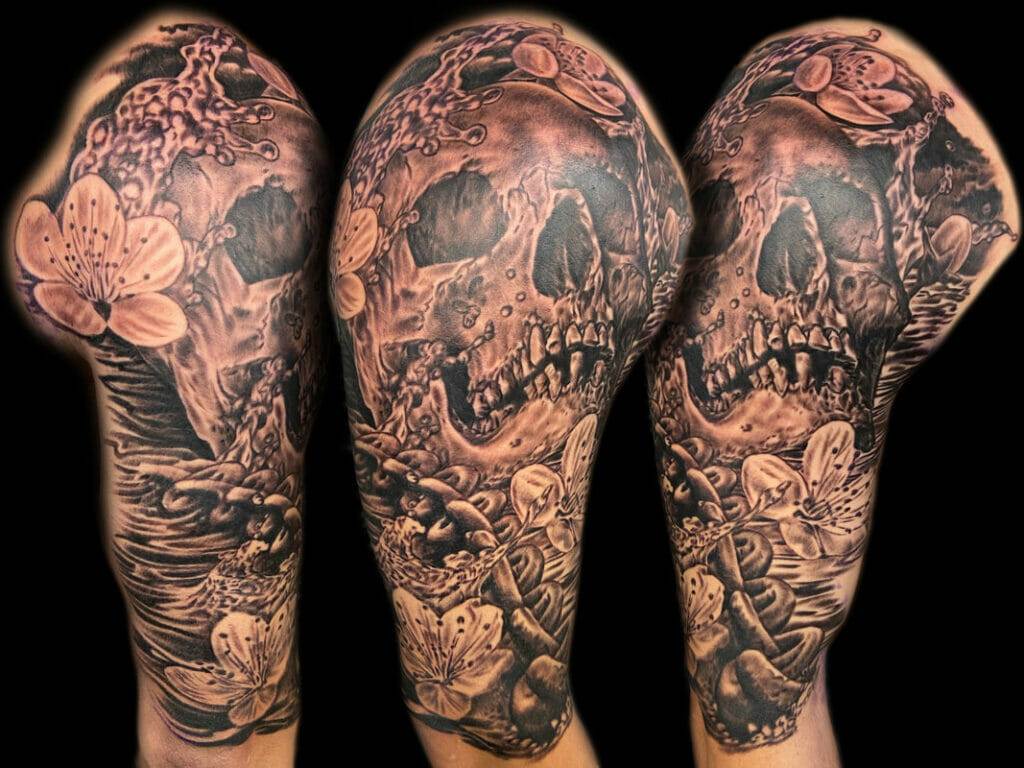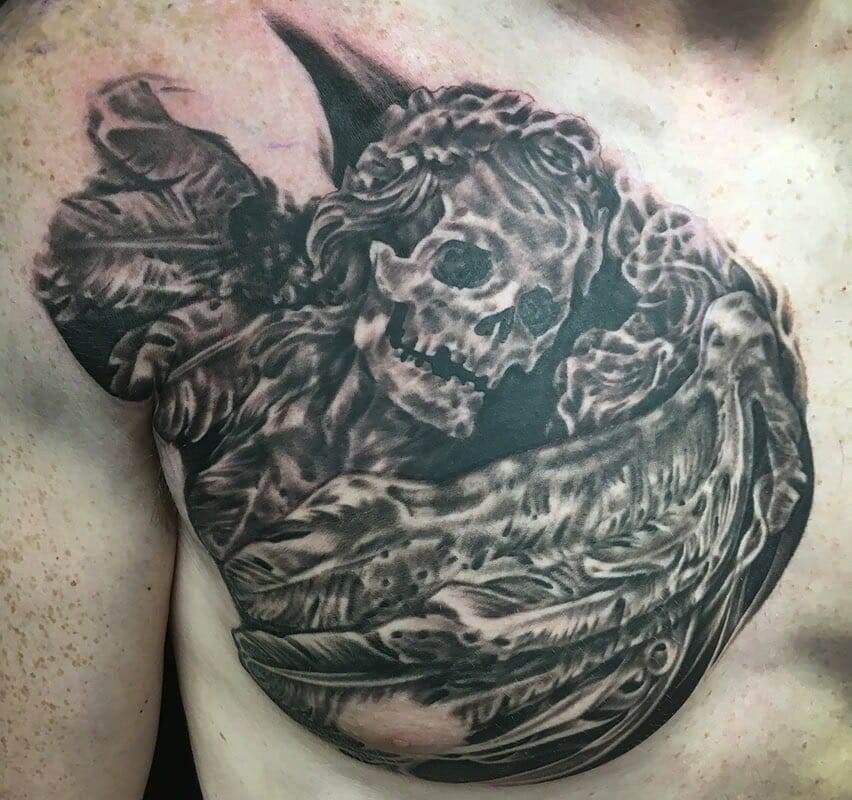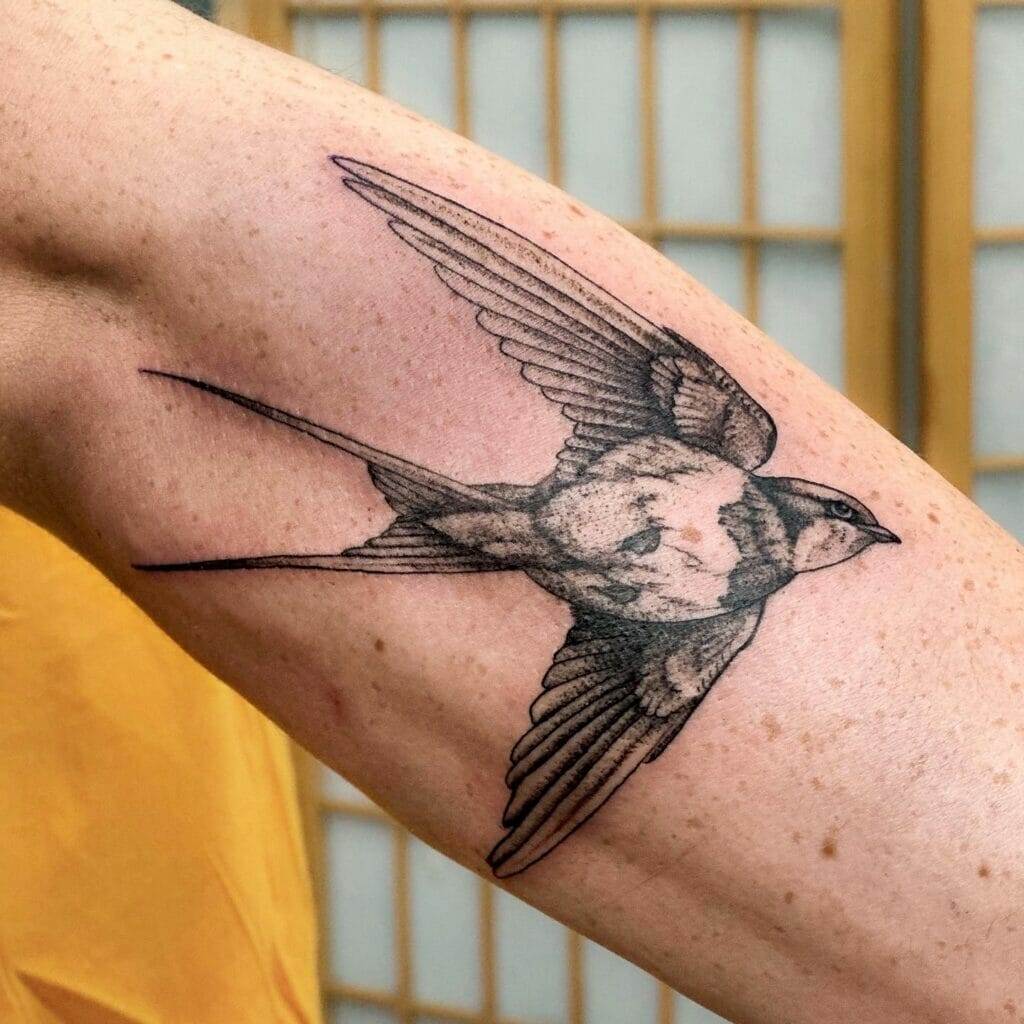Tattooing is an ancient art form that has been practiced by various cultures throughout history. From the earliest known tattoos found on mummies in Egypt to the intricate designs of Polynesian tribes, tattoos have held deep cultural significance and symbolism. In this blog post, we will explore the origins of tattooing, its cultural significance in different societies, and how it has evolved over time. Whether you are a tattoo enthusiast or simply curious about the history and meaning behind tattoos, this post will provide you with a comprehensive overview of the art of tattooing.
The Origins of Tattooing: Cultural Significance and Symbolism
The origins of tattooing can be traced back thousands of years. The earliest known tattoos were found on the mummified remains of Ötzi the Iceman, a 5,300-year-old mummy discovered in the Italian Alps. These tattoos were simple lines and dots, believed to have been created using soot or charcoal. It is speculated that these tattoos had a therapeutic or medicinal purpose, as they were found on areas of the body that showed signs of wear and tear.
In various cultures around the world, tattoos have held deep cultural significance and symbolism. In ancient Egypt, tattoos were associated with religious beliefs and were often used as a form of protection or identification. In Polynesian cultures, tattoos were seen as a rite of passage and a way to connect with one’s ancestors. Each tattoo design had specific meanings and represented different aspects of life such as bravery, fertility, or social status.
Tattooing in Ancient Civilizations: From Egypt to Polynesia
Tattooing practices varied greatly in ancient civilizations such as Egypt, Greece, and Polynesia. In ancient Egypt, tattoos were primarily found on women and were often associated with fertility and protection during childbirth. These tattoos were typically small symbols or patterns located on the abdomen or thighs. In ancient Greece, tattoos were used to mark slaves and criminals, serving as a form of punishment and identification.
In Polynesian cultures, tattooing was deeply ingrained in the society and held great cultural significance. Tattoos were seen as a way to connect with one’s ancestors and tell their stories. The designs were often intricate and covered large areas of the body, such as the face, chest, and arms. Each tattoo had specific meanings and represented different aspects of life, such as bravery, fertility, or social status.
Tattooing in Traditional Asian Cultures: Japan, China, and India
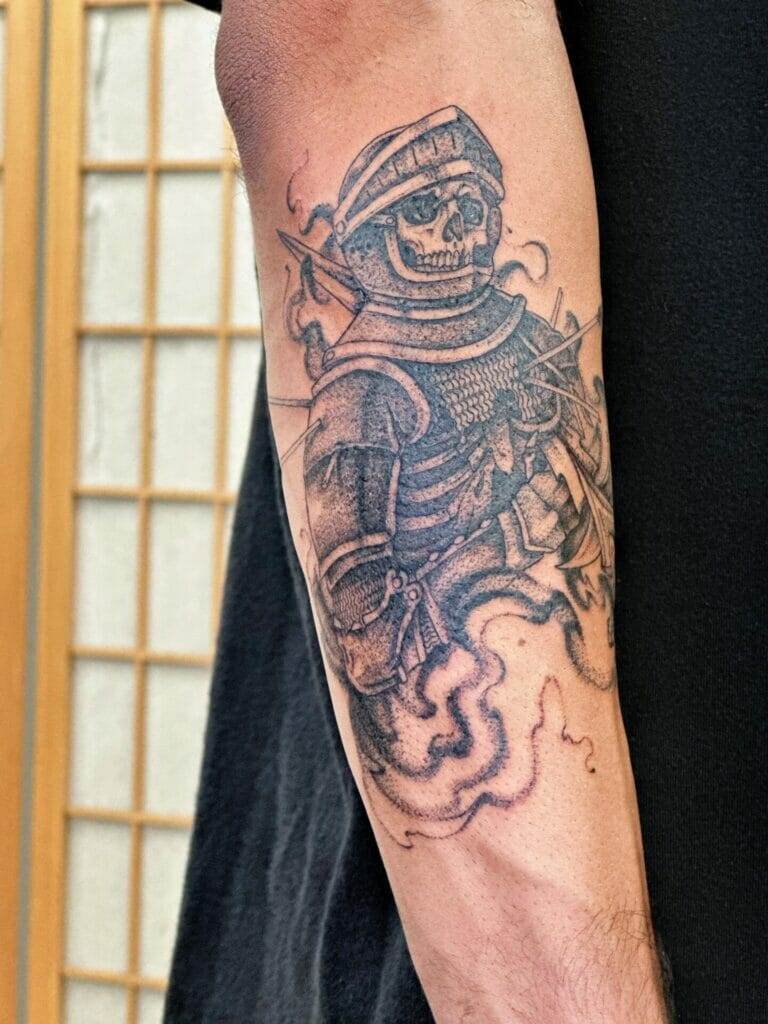
Traditional Asian cultures such as Japan, China, and India also have a rich history of tattooing. In Japan, tattoos have a long-standing association with the criminal underworld. During the Edo period (1603-1868), tattoos were used to mark criminals as a form of punishment and identification. However, in recent years, there has been a resurgence of traditional Japanese tattooing known as irezumi, which is now seen as an art form and a way to express one’s identity.
In China, tattoos have been associated with criminality and rebellion throughout history. However, in some ethnic minority groups such as the Dulong and Dai people, tattoos have cultural significance and are seen as a way to connect with their ancestors. In India, tattoos have been practiced for centuries and are often associated with religious beliefs. Many Hindus get tattoos of deities or sacred symbols as a way to show their devotion.
The Influence of Religion on Tattooing: Christianity, Hinduism, and Buddhism
Religion has played a significant role in tattooing practices throughout history. In Christianity, tattoos were initially seen as taboo due to biblical passages that prohibited marking the body. However, in recent years, there has been a shift in attitudes towards tattoos among Christians, with many getting religious tattoos as a way to express their faith.
In Hinduism, tattoos have been practiced for centuries and are often associated with religious beliefs. Many Hindus get tattoos of deities or sacred symbols as a way to show their devotion. In Buddhism, tattoos are also common, particularly in Southeast Asia. Buddhist monks often get tattoos of sacred texts or symbols as a way to protect themselves and show their dedication to the teachings of Buddha.
The Tattoo Renaissance: From Sailor to Subculture
In the Western world, tattooing experienced a renaissance in the 18th and 19th centuries, thanks in part to sailors who brought back tattooing traditions from their travels. Sailors would often get tattoos as a form of identification and protection, as well as to commemorate significant events or loved ones. These tattoos were typically simple designs such as anchors, ships, or names.
In the 20th century, tattooing became associated with various subcultures such as bikers, punks, and rockers. Tattoos became a way to express one’s identity and rebellion against societal norms. Tattoo artists such as Sailor Jerry and Ed Hardy played a significant role in popularizing tattooing among these subcultures.
The Rise of Modern Tattooing: Pop Culture and Celebrity Endorsement
In recent years, tattooing has become increasingly mainstream, thanks in part to the influence of pop culture and celebrity endorsement. Celebrities such as David Beckham, Rihanna, and Justin Bieber have helped to popularize tattoos and make them more socially acceptable. Tattoos have become a form of self-expression and a way to showcase one’s individuality.
Social media has also played a significant role in the rise of modern tattooing. Platforms such as Instagram have allowed tattoo artists to showcase their work and connect with clients from around the world. This has led to the emergence of new tattooing trends and styles, as well as increased collaboration and exchange of ideas among artists.
The Impact of Technology on Tattooing: From Hand-Poke to Machine
The evolution of tattooing technology has had a significant impact on the art form. Traditional hand-poke tattooing, where the artist uses a needle and ink to manually create the design, has been practiced for centuries. This method allows for more control and precision but can be time-consuming and painful for the client.
In the late 19th century, the invention of the electric tattoo machine revolutionized the industry. This machine allowed for faster and more efficient tattooing, making it more accessible to a wider audience. However, some argue that the rise of machine tattooing has led to a loss of craftsmanship and individuality, as many artists now rely on pre-made designs and templates.
The Globalization of Tattooing: Cross-Cultural Collaboration and Fusion
With the advent of globalization, tattooing has become a truly global phenomenon. Artists from different cultures and backgrounds are now collaborating and fusing their styles to create unique and innovative designs. This cross-cultural exchange has led to the emergence of new tattooing trends and techniques.
For example, traditional Japanese tattooing techniques have influenced artists around the world, leading to the popularity of Japanese-style tattoos known as irezumi. Similarly, Polynesian tribal designs have become increasingly popular, with artists incorporating elements of Polynesian symbolism into their work.
The Future of Tattooing: Trends and Innovations
The future of tattooing is filled with exciting possibilities. As technology continues to advance, new innovations in tattooing are emerging. For example, 3D tattoos are becoming increasingly popular, allowing artists to create realistic and lifelike designs that appear to jump off the skin.
Another emerging trend is the use of biotechnology in tattooing. Scientists are exploring ways to create tattoos that can change color or glow in response to certain stimuli, such as changes in body temperature or blood sugar levels. These tattoos could have practical applications, such as monitoring health conditions or serving as a form of identification.
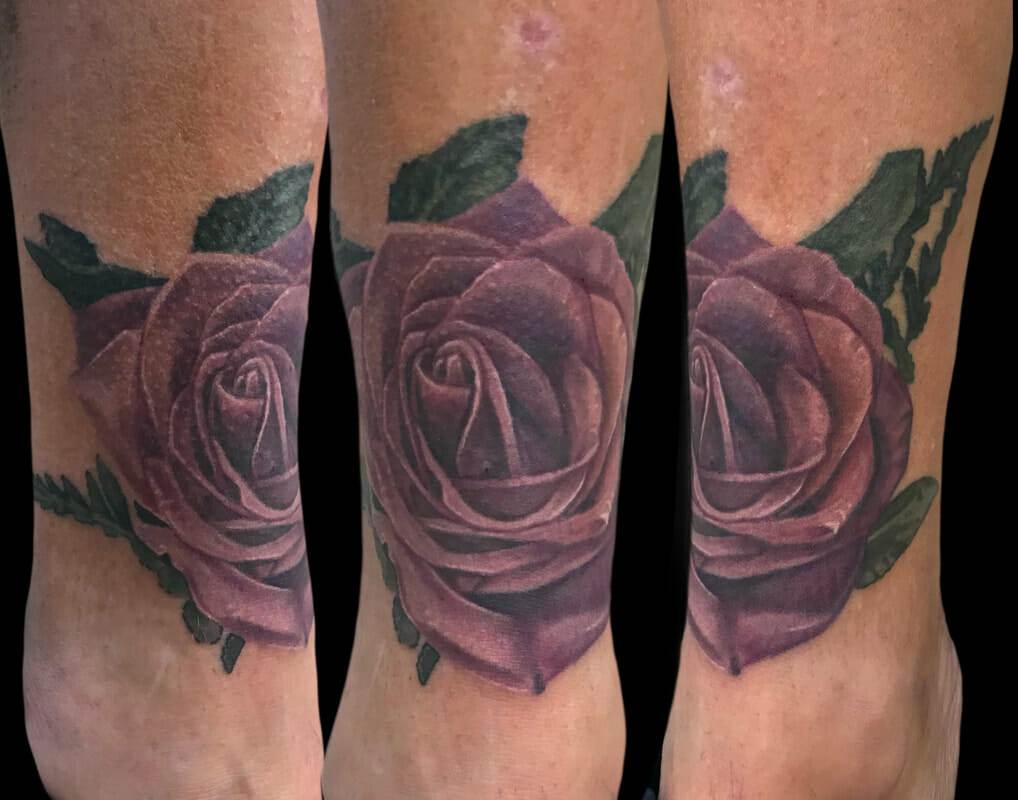
The Enduring Legacy of Tattooing
Tattooing has a rich and diverse history that spans across cultures and centuries. From its origins in ancient civilizations to its current popularity in mainstream culture, tattooing has endured as an art form and cultural practice. Whether it is a small symbol with personal meaning or an intricate design that tells a story, tattoos continue to hold deep significance for many people around the world.
As we look to the future, it is clear that tattooing will continue to evolve and adapt to changing trends and technologies. However, the enduring legacy of tattooing lies in its ability to connect people, tell stories, and serve as a form of self-expression. Whether you choose to get a tattoo or simply appreciate the artistry behind it, tattoos will continue to be a powerful and enduring form of artistic expression.

